how do class k fire extinguishers work
They are available with two different types of extinguishing agents a copper powder or a sodium chloride. The dry chemical in an ABC fire extinguisher puts out multiple fire sources.
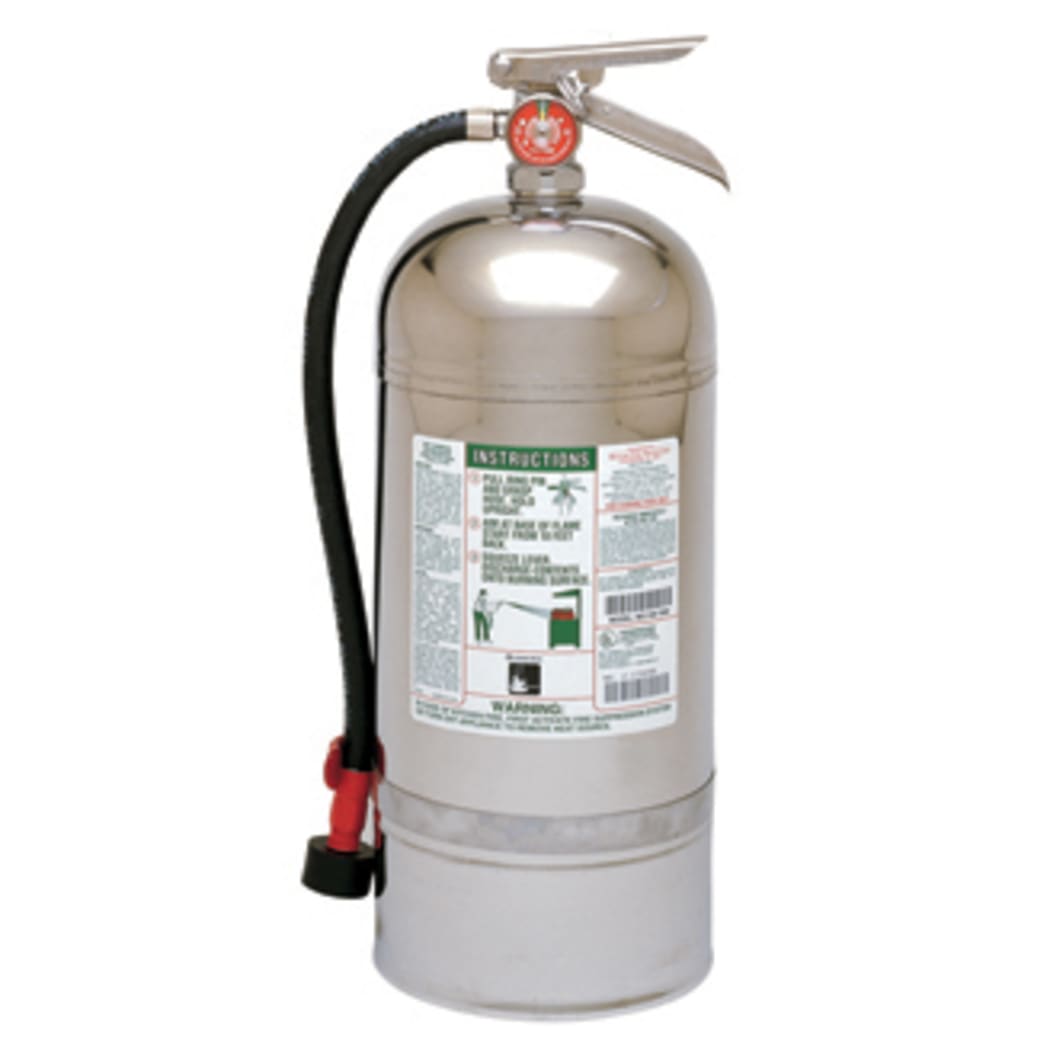
25074 Class K Fire Extinguisher Kidde Home Safety
But these types of specialized fire extinguishers are pricey.
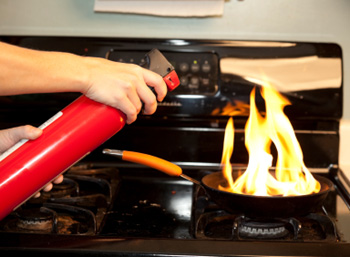
. Class K fire extinguishers work by saponification. At Getz Fire Equipment Company we can provide you with advice on the use of these effective extinguishers. Fire extinguishers work by removing heat air or both.
Class K fire extinguishers use special extinguishing agents that separate and absorb the heat elements of the fire the fuel oxygen and heat necessary to start a fire. Either they pour water on the fire to reduce the temperature or they try to bulldoze strips of bare earth to eliminate the fuel. Class K Extinguishers work on the principle of saponification.
Oil fires can be dangerous when a vat of deep fat fryers catch on fire. Class K extinguishers use a wet chemical as their suppressant. The wet mist contains potassium acetate potassium carbonate or potassium citrate mixed with the cooking grease to create a blanket that will cool the flammable liquid and block oxygen.
Saponification takes place when alkaline mixtures such as potassium acetate potassium citrate or potassium carbonate are applied to burning cooking oil of fat. It happens when oil and an aqueous alkali are combined in. Class K fire extinguishers work by saponification.
Purple-K also known as PKP is a dry-chemical fire suppression agent used in some dry chemical fire extinguishers. Attempting to throw water on a vat of boiling oil will only spread the fire and make the situation worse. Class K fire extinguishers are meant to smother cooking fires caused by oil fats or grease.
These extinguishers use extinguishing agents that separate the fuel from the oxygen and help to absorb the heat elements of the fire triangle fuel heat oxygen chemical reaction. Wet chemical Class K fire extinguishers spray a fine mist of potassium citrate potassium acetate or potassium carbonate to create a foamy soapy layer on the cooking fuel. Kitchen grease fires require a Class K fire extinguisher to put them out.
Ad Millions of Items on One Easy-to-Use Site with Outstanding Customer Service. When you watch firefighters battling a forest fire they generally try to remove fuel or heat. The towel is designed to block off the supply of oxygen to the fire the water stops the towel from catching fire and making things worse.
A great alternative is an ABC fire extinguisher. Purple K Fire extinguishers contain a dry chemical known as Potassium Bicarbonate which is effective in extinguishing Class B and Class C fires. Saponification is the process of turning oil into soap.
It has about 45 times more effectiveness. Pull pin Aim low at the base of the fire Squeeze the lever Sweep from side to side If you follow these simple steps when confronted with a. This makes them well suited for use in restaurants and home kitchens.
They are as follow. A Class K fire extinguisher uses a fine wet mist consisting of an alkaline mixture such as potassium acetate potassium carbonate or potassium citrate that forms a soapy foam as it is applied to the cooking oil or other substance quenching the steam vapors and the fires risk of re-ignition. Class K fire extinguishers are well designed to put out fires starting from greases cooking fats and kitchen oils.
The Steps to operating a water fire extinguisher is the same as any other fire extinguisher. For more information about how. It is the second most effective dry chemical in fighting class B flammable liquid fires after Monnex potassium allophanate and can be used against some energized electrical equipment fires USA class C fires.
Saponification takes place when alkaline mixtures are applied to burning cooking oil or fat creating a soapy foam on the surface that holds in the vapors and steam and extinguishes the fire. The copper powder Class D fire extinguishers are mainly for combustible metal fires that contain lithium. A class K extinguisher will release an alkaline agent in the form of a foam.
A class K fire extinguisher is used to control fires involving cooking media such as oils fats and grease commonly found in cooking places such as commercial restaurantsThese fire extinguishers work through saponification to extinguish flames completely. The method used to expel dry chemicals from the extinguisher can cause splashes of hot oil. Class K fire extinguishers are meant to smother cooking fires caused by oil fats or grease.
Grease oil wood clothes papers liquids gases and energized electrical sources. Only Class K fire extinguishers are adequate for Class K fires and should always be close at hand in a commercial kitchen. Class K fire extinguishers are well designed to put out fires starting from greases cooking fats and kitchen oils.
This process called saponification retains steam and vapors absorbing heat from the fire and extinguishing it. Ad Find Deals on class k extinguisher in Safety Sec. Fire extinguishers are classified depending on the type of fire that they will extinguish.
Every fire-fighting technique you can think of involves removing heat oxygen or fuelsometimes more than one of those things at the same time. Ad Huge Selection of AEDs Supplies. Free Same Day Shipping on 99.
Class B and C fires are common in gas stations power plants bars auto repair shops airports or aircraft service stations industrial kitchens warehouses and any other area where electrical or flammable fires may occur. Class D fire extinguishers are used to put out large combustible metal fires such as a magnesium lithium or lithium alloy fires. These fire extinguishers work on the principal of saponification.
A carbon dioxide fire extinguisher works by eliminating oxygen and replacing it with carbon dioxide. We Are Committed to Making Your Job Easier - Shop our Endless Aisle. The alkaline mixture combined with the fatty acid creates a soapy foam layer on the surface which holds in the vapors and.
They put out fires by a process called saponification. Dry and Wet Agents to Extinguish Class K Fires.
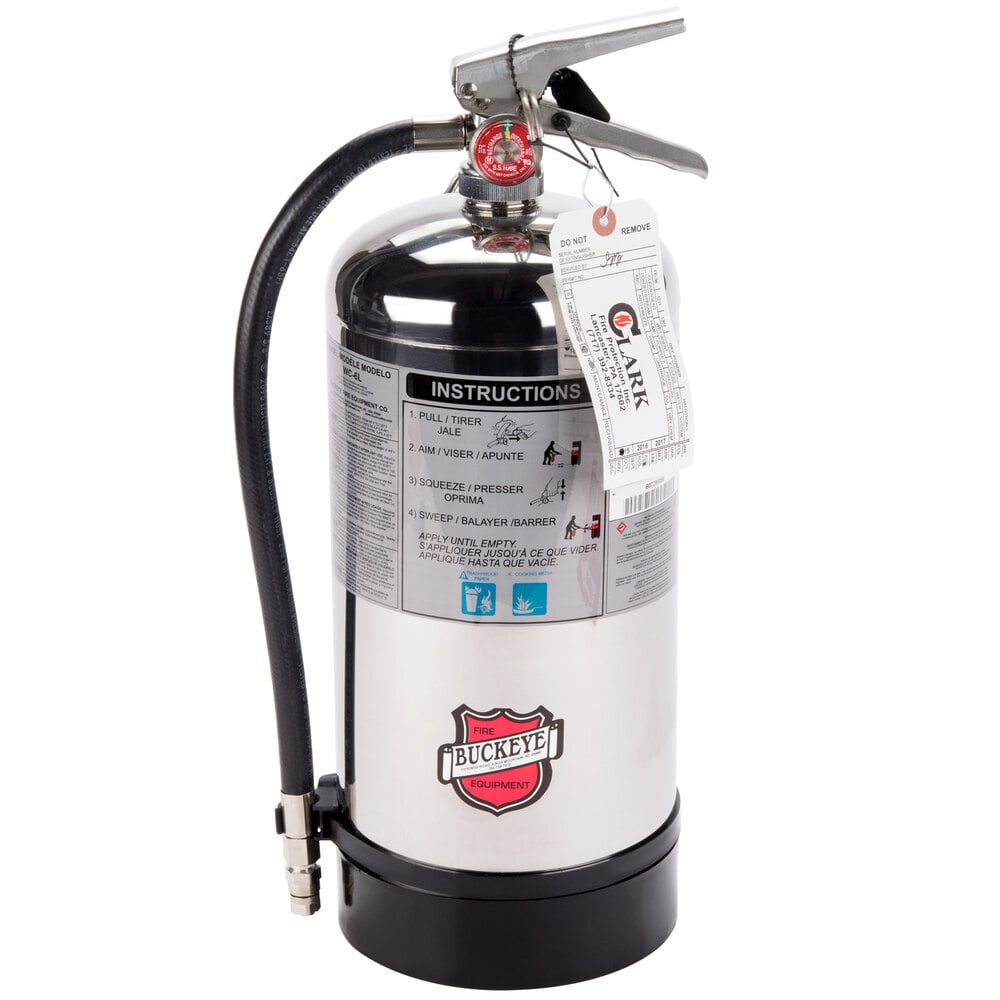
Buckeye Class K Wet Chemical Fire Extinguisher 6 Liter
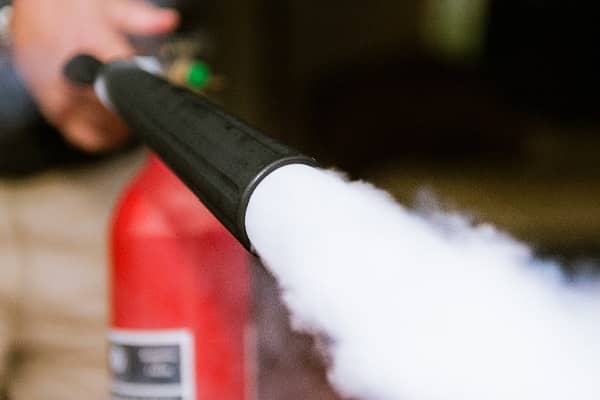
Class K Fire Extinguishers Markel Specialty
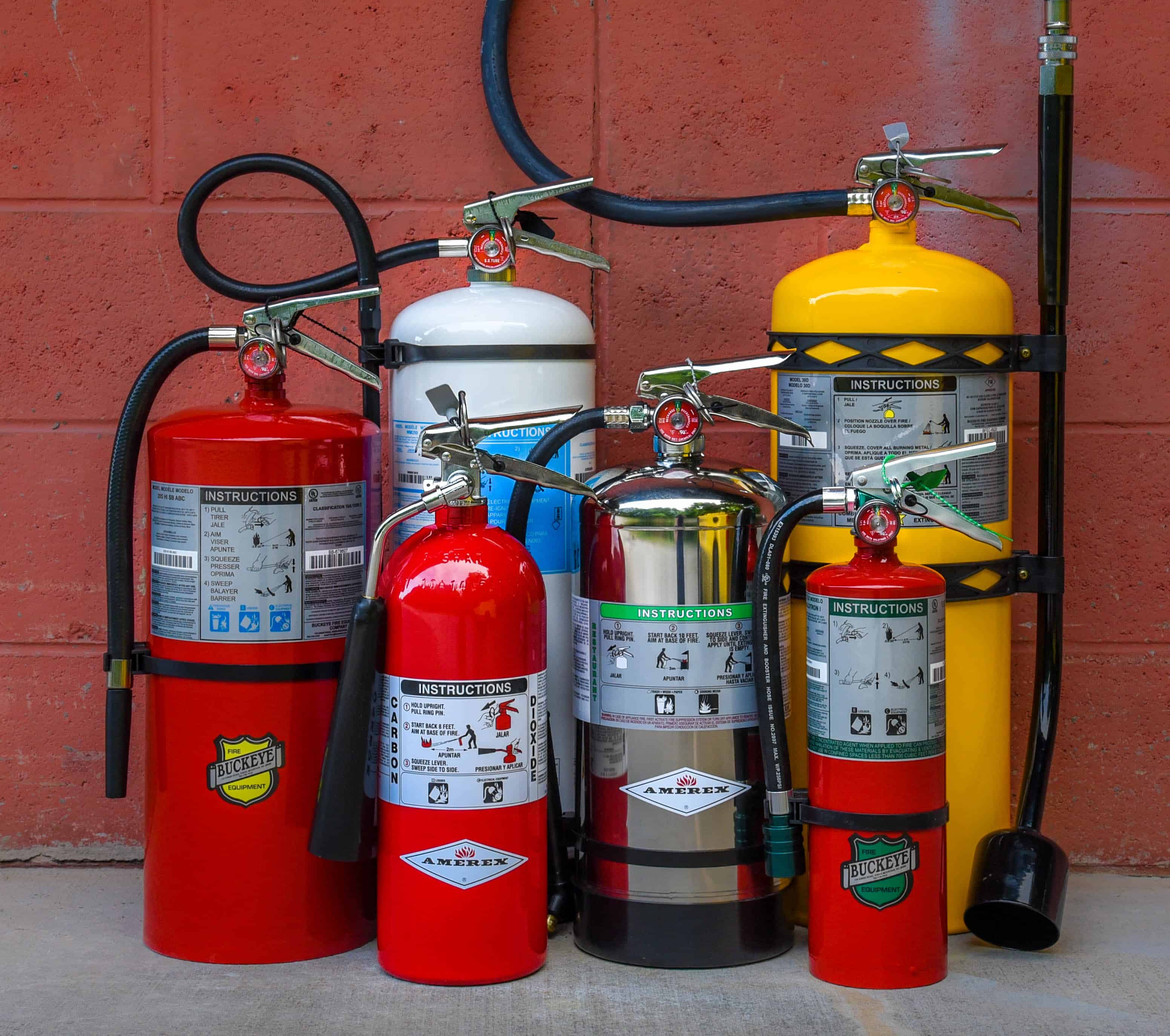
Everything You Need To Know About Fire Extinguishers Fire Systems Inc

Kitchen Class K Fires How To Fight Them
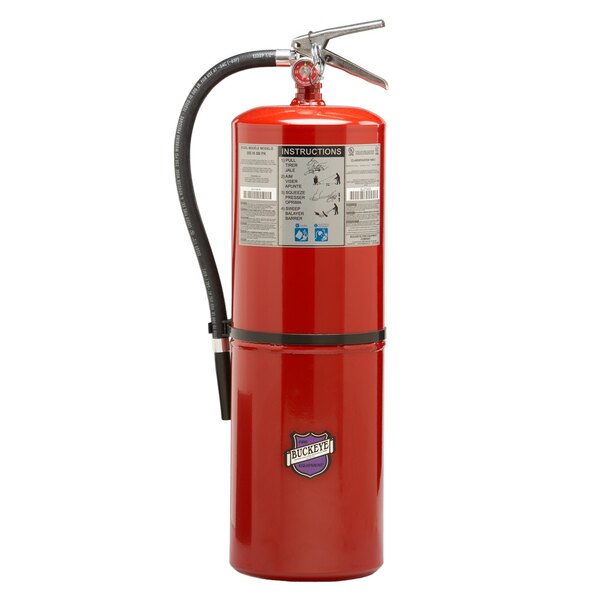
Buckeye 20 Lb Purple K Fire Extinguisher Dry Chemical Bc Rechargeable Ul Rating 120 B C

China 2 5gallons Class K American Wet Chemical Kitchen Fire Extinguishers China Wet Chemical Extinguishers Class K Extinguishers
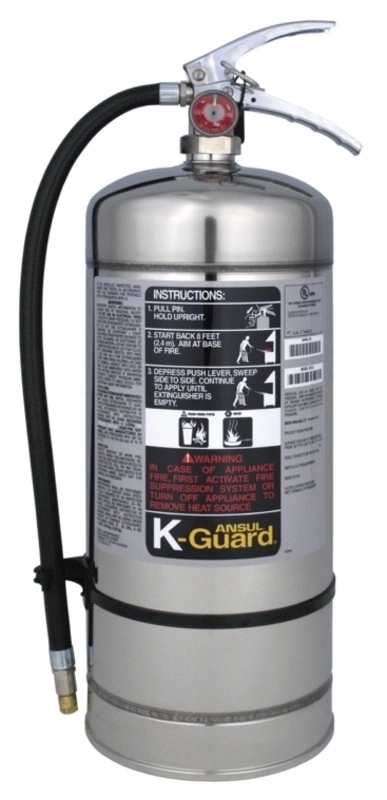
Class K Fire Extinguishers And When To Use Them Hsewatch
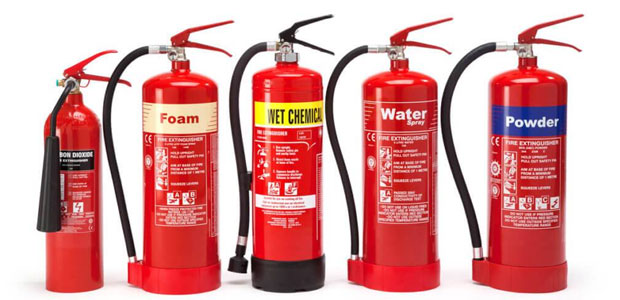
The Abcs Ds And Ks Of Fire Extinguishers Occupational Health Safety

China American Wet Chemical Stored Pressure Class K Kitchen Fire Extinguishers China Wet Chemical Extinguisher Class K Extinguisher
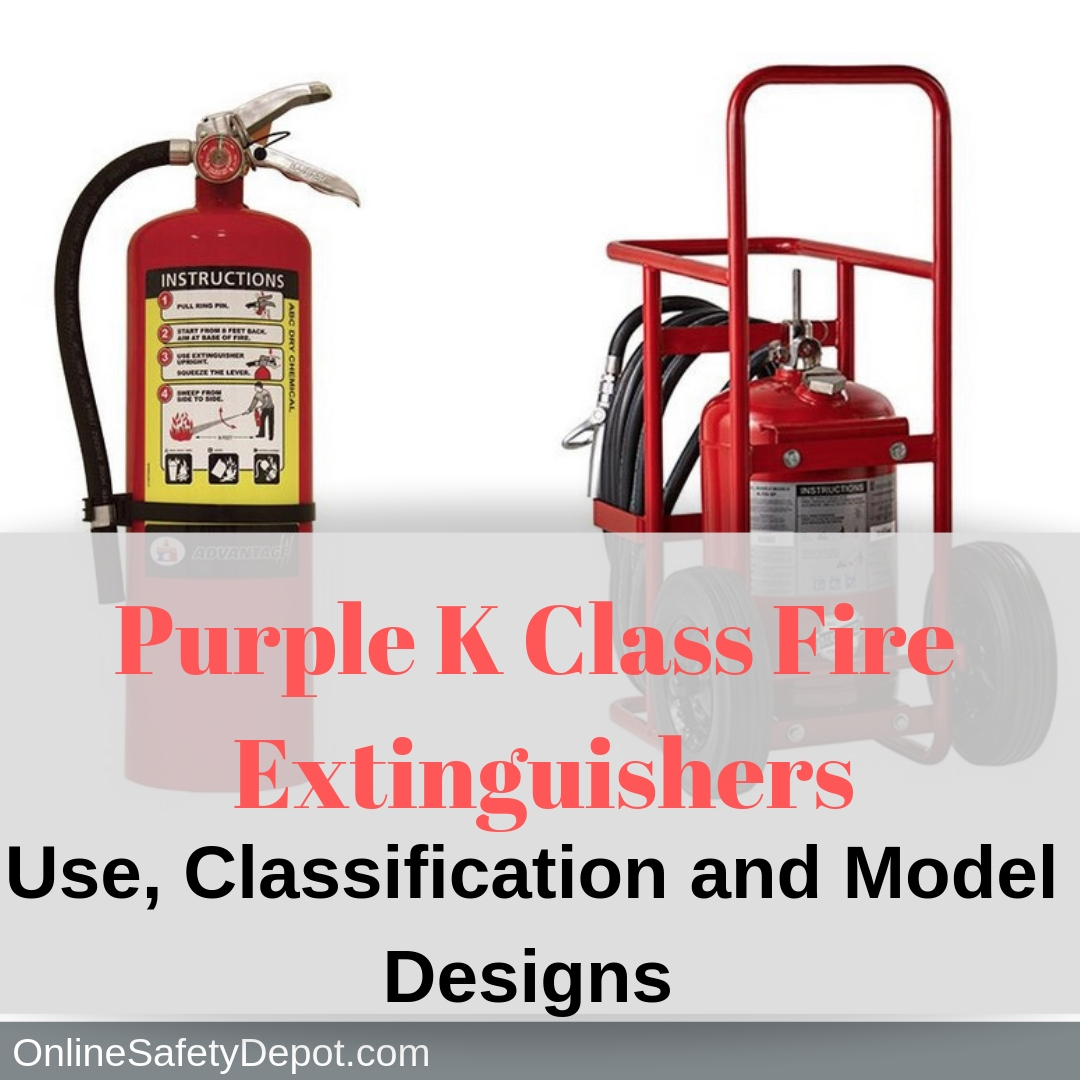
Purple K Class Fire Extinguishers Use Classification And Model Designs Industrial And Personal Safety Products From Onlinesafetydepot Com
K Class Extinguishers Reliable Fire Equipment Company

5 Best Class K Fire Extinguishers 2019 Youtube
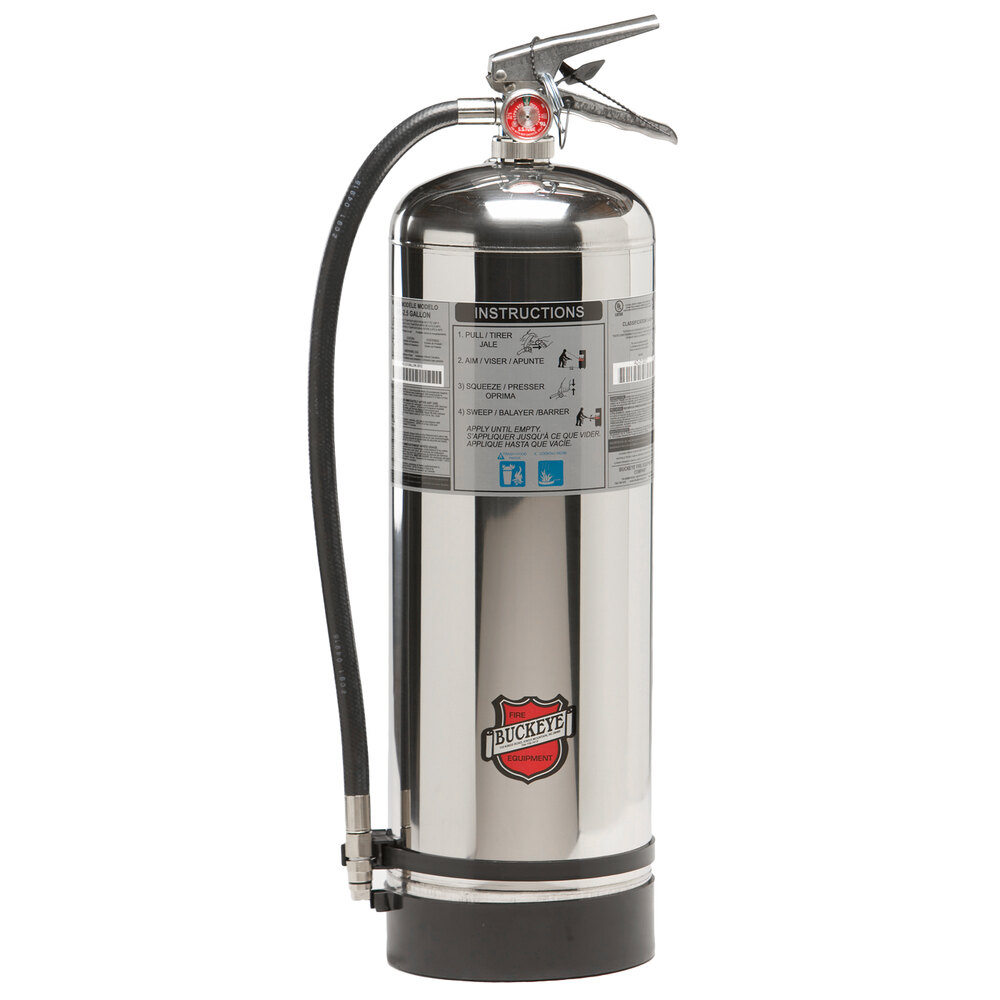
Buckeye 2 5 Gallon Class K Wet Chemical Fire Extinguisher Rechargeable Untagged Ul Rating

Everything You Need To Know About A Class K Fire Extinguisher
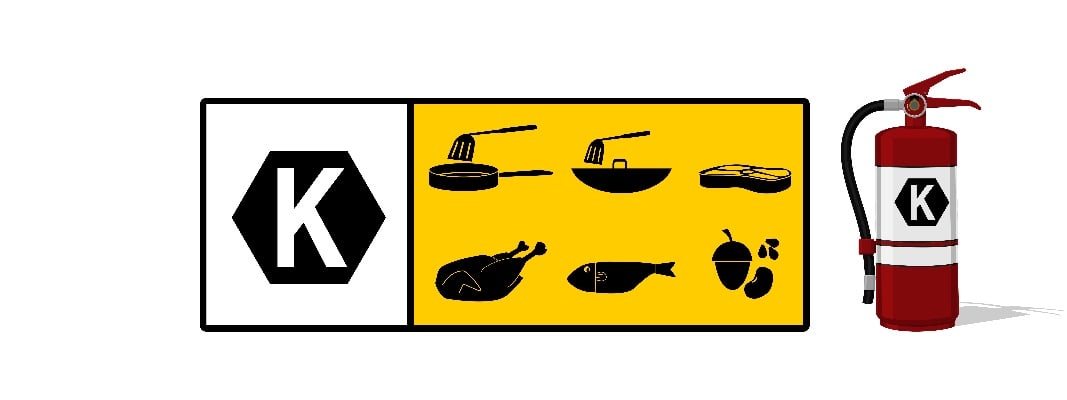
What Is A Class K Fire Extinguisher Used For

Abcs Of Fire Extinguishers Fire Prevention Services The University Of Texas At Austin

What Is A Class K Fire Extinguisher Used For

6 Types Of Fire Extinguishers Every Homeowner Should Know Bob Vila
